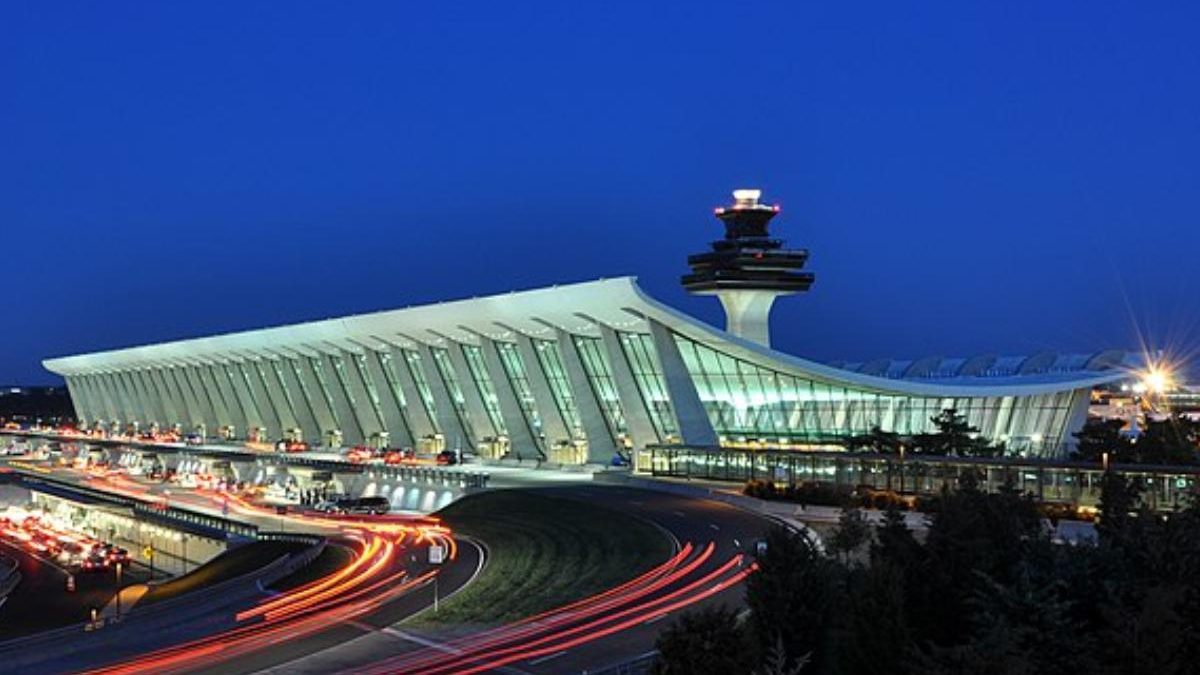Closest airport to me – The United States is home to the most airports in the world, with over 19,000 public and private airports. The country’s largest and busiest airports are concentrated in major metropolitan areas, such as New York City, Los Angeles, and Chicago. However, there are also many smaller airports located in rural areas, providing essential air service to communities throughout the country.
Table of Contents
Elaborated List of Airports in the USA
The Federal Aviation Administration (FAA) is responsible for regulating and overseeing civil aviation in the United States. The FAA classifies airports into six categories based on their size and the number of passengers they serve:
- Large hub: Accounts for at least 1% of total U.S. passenger enplanements.
- Medium hub: Accounts for between 0.25% and 1% of total U.S. passenger enplanements.
- Small hub: Accounts for between 0.05% and 0.25% of total U.S. passenger enplanements.
- Nonhub: Accounts for less than 0.05% of total U.S. passenger enplanements, but more than 10,000 annual enplanements.
- Basic: Accounts for less than 10,000 annual enplanements.
- General aviation: Primarily used for general aviation purposes, such as private and business flying.
Airports in the United States play a vital role in the country’s transportation system. They connect people and businesses to each other and to the rest of the world. Airports also generate billions of dollars in economic activity and support millions of jobs.
The Three Main Categories of Airports
- Commercial service airports: These airports offer scheduled passenger and cargo flights.
- General aviation airports: These airports are primarily used by private and business aircraft.
- Military airfields: These airfields used by the U.S. military.
Commercial Service Airports
- Large hub airports: These airports handle a high volume of passenger and cargo traffic, and they serve as major connecting points for domestic and international flights.
- Medium hub airports: These airports handle a moderate volume of passenger and cargo traffic, and they serve as important regional connecting points.
- Small hub airports: These airports handle a lower volume of passenger and cargo traffic, and they provide essential air service to smaller communities.
Major Airports in the USA
The following are the 10 busiest airports in the USA by passenger traffic in 2022:
- Hartsfield-Jackson Atlanta International Airport (ATL)
- Los Angeles International Airport (LAX)
- O’Hare International Airport (ORD)
- Dallas/Fort Worth International Airport (DFW)
- Denver International Airport (DEN)
- John F. Kennedy International Airport (JFK)
- San Francisco International Airport (SFO)
- Seattle-Tacoma International Airport (SEA)
- McCarran International Airport (LAS)
- Orlando International Airport (MCO)
Other Notable Airports in the USA
- Washington Dulles International Airport (IAD): The primary airport serving the Washington, D.C. metropolitan area.
- Ronald Reagan Washington National Airport (DCA): A smaller airport located in Arlington, Virginia, just across the Potomac River from Washington, D.C.
- George Bush Intercontinental Airport (IAH): The primary airport serving the Houston, Texas metropolitan area.
- Phoenix Sky Harbor International Airport (PHX): The primary airport serving the Phoenix, Arizona metropolitan area.
- Miami International Airport (MIA): The primary airport serving the Miami, Florida metropolitan area.
- Boston Logan International Airport (BOS): The primary airport serving the Boston, Massachusetts metropolitan area.
- Minneapolis-Saint Paul International Airport (MSP): The primary airport serving the Minneapolis-Saint Paul, Minnesota metropolitan area.
- Charlotte Douglas International Airport (CLT): The primary airport serving the Charlotte, North Carolina metropolitan area.
- Baltimore/Washington International Thurgood Marshall Airport (BWI): An alternative airport serving the Washington, D.C. metropolitan area.
- Las Vegas Harry Reid International Airport (LAS): The primary airport serving the Las Vegas, Nevada metropolitan area.
- San Diego International Airport (SAN): The primary airport serving the San Diego, California metropolitan area.
- Orlando Sanford International Airport (SFB): A smaller airport located in Sanford, Florida, just northeast of Orlando.
Economic Impact of U.S. Airports
Airports play a vital role in the U.S. economy. They support millions of jobs and generate billions of dollars in economic activity each year. A study by the FAA found that the U.S. air transportation system supports over 5.7 million jobs and generates $1.6 trillion in economic activity each year.
Airports also provide essential air service to communities throughout the country. Smaller airports in rural areas often provide the only means of air travel for residents and businesses. These airports play a vital role in connecting rural communities to the national transportation network and supporting economic growth.
The Future of U.S. Airports
The U.S. air transportation system is constantly evolving to meet the needs of a growing population and changing travel patterns. Airports are investing in new technologies and infrastructure to improve the passenger experience and reduce congestion. For example, many airports are implementing contactless technology to streamline the check-in and security screening process. Airports are also investing in new runway systems and air traffic control technologies to improve the efficiency of air traffic operations.
The U.S. government is also working to support the development of new airports and improve the infrastructure of existing airports. The Infrastructure Investment and Jobs Act, which was passed in 2021, includes $25 billion in funding for airports. This funding will be used to improve airport safety, security, and efficiency.
Conclusion
The United States has a vast network of airports to serve its large population and diverse geography. Whether you’re traveling to a major city or a small town, there’s likely an airport nearby to get you to your destination.

